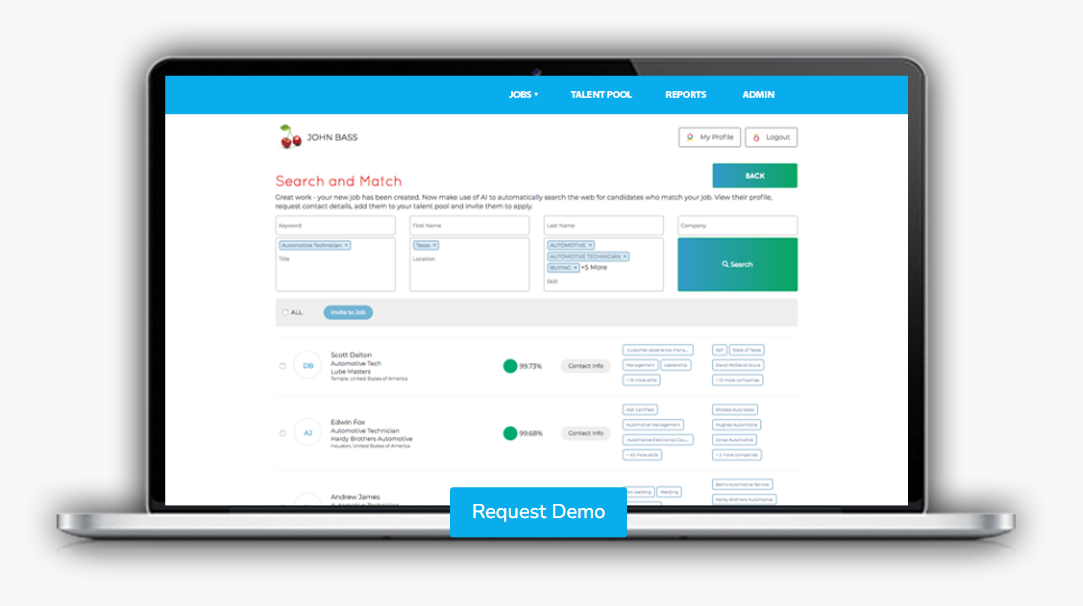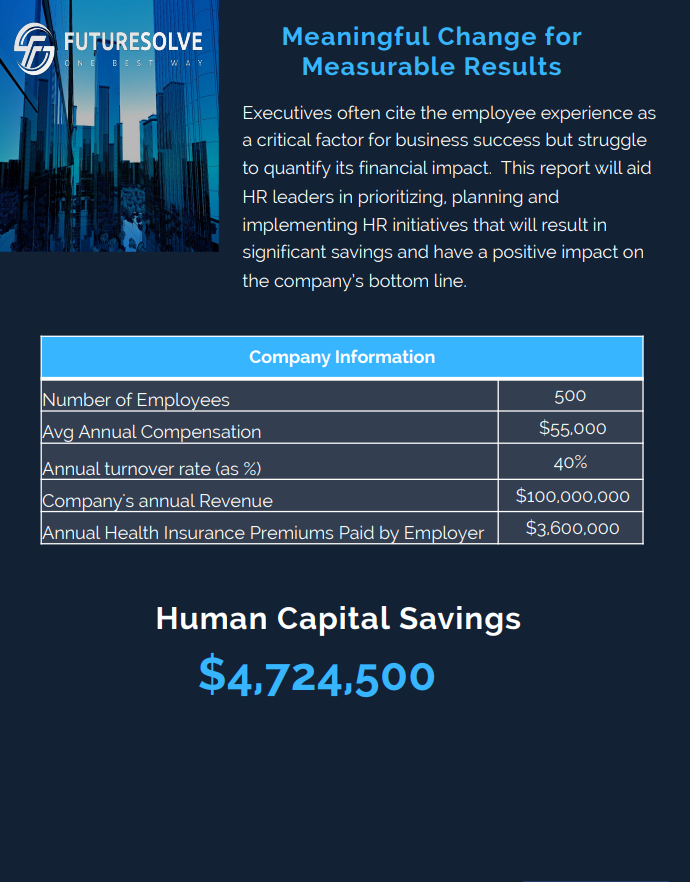In the modern labor market, uncertainty abounds in many ways. Most employers out there are struggling with unsatisfied recruitment needs after pandemic-specific business-centric closures, the overall unpredictability of the looming economic downturn, and the resulting shortage of talent due to the Great Resignation. Savvy employers out there are responding to such uncertainties with a proactive, business-oriented approach.
As far as sourcing and recruiting the best talent is concerned, you can consider trading in the conventional ‘talent acquisition’ approach for a highly holistic and comprehensive ‘talent access’ approach that depends on flexibility. Let us understand the differences between the two approaches. You can take help from reliable talent acquisition consultants to make the right decision.
What is Talent Acquisition?
HR professionals, sourcers, recruiters, and hiring managers -these powerhouse roles are known to be integral parts of the talent acquisition process. it is an important organizational task that is associated with finding the right candidate for a particular job role. In any corporate setting, it is mostly placed under the umbrella of HR or Human Resources while involving sourcing, attracting, conducting interviews, recruiting, and onboarding employees.
Talent acquisition remains similar to the process of recruitment in the sense that it tends to share the same ambition of finding the best individuals to work for your organization. On the other hand, recruitment tends to be a highly reactive, standardized process. The process of talent acquisition is all about thinking about long-term solutions in the company. It involves a highly dynamic and flexible approach from the recruitment team along with a broader understanding of the long-term strategic objectives of the organization.
New AI Talent Sourcing tech finds active & passive candidates in minutes by crawling thousands of websites (9 min Demo)
What is Talent Access?
The Great Resignation has dawned upon us. The advent of Great Resignation is ensuring that organizations no longer have the same level of control over employees they once used to have. As such, workers continue rethinking their existing relationships with the organizations they are working for. This implies that organizations are also expected to rethink the respective relationships with the workers.
Therefore, organizations of the world have started exploring highly flexible relationships with employees beyond the concept of full-time hires. Managers nowadays have garnered the option of hiring conventional employees or engaging short-term workers or freelancers on the as-needed project basis. With freelancers forming a central part of the talent acquisition strategy, teams are now able to instantly bring on talented individuals with specialized skills for particular projects. Both project costs and timelines have reduced significantly.
When organizations take up the talent access approach, it offers the overall flexibility to maintain pace with the ever-changing market while beating out competition for highly demanding skills. At the ongoing moment of ample opportunity and disruption, flexibility is crucial to not just survive, but also to thrive.
What are the Best Talent Acquisition Strategies?
- Try Hiring Internal Candidates for Key Positions
An internal job posting serves to be a job opening that is made available to existing employees within an organization -in opposition to public posting. It serves to be a powerful tool for ensuring employee retention. It is also observed that internal hiring or mobility leads to extended employee tenures along with improved employee productivity and engagement.
Investing in employee development towards filling open roles is an increasing trend. Your organization’s current employees tend to be qualified, understand the company well, and are already a proper cultural fit. Therefore, when you are looking for them for the next recruitment, it will make greater sense.
- Provide Career Development Opportunities
Leading employers understand the importance of placing the professional development of employees at the core of the organizational policy. Why? Their employees expect the same out of them. Talented employees prefer working for an organization that will help them in building relevant skills as well as knowledge while accelerating their careers.
Managers should not minimize the importance of supporting the career advancements of the respective employees. In case they do, they will risk undermining the overall productivity and morale by leaving talented employees feeling like they are not valued. In the longer span, the organization could eventually face the overall loss of the talented employees to competitors.
- Conduct Workforce Planning
Succession planning or workforce planning can help in presenting to high-value employees that you do not only wish to invest in the overall professional development but also observe them evolving in the form of future leaders for the entire organization. It turns out to be a powerful message. It is imperative for modern organizations to come up with a succession plan for the key positions of the business. It can help in motivating employees towards learning core skills as well as knowledge required for rapid career advancements.
Your employees will eventually become better positioned to achieve the respective career goals when they know they have proper managerial support. Prioritizing employee career development can help in delivering lasting and significant benefits for the workers.
- Take Advantage of Data Analytics
The ultimate objective with data analytics should be creating a dedicated culture depending on the insights received out of data you have gathered and how the same can help you in informing more optimal results. One core area wherein organizations are required to ensure accurate and efficient functions is forecasting. Firstly, it is important to understand what is significant to the HR and the respective teams.
Some useful ideas to leverage data analytics to improve the talent acquisition process are:- Customizing the ATS or Applicant Tracking System
- Tracking productivity, cost, and speed for designated parameters
- Making reports and scorecards easier to understand
- Focus on Employer Branding
Employer brand serves to be the aspect that your organization tends to communicate as the identity to both current as well as potential employees. It is crucial that your employer brand is well-thought while being easy to define and communicate frequently to employees across the organization. Eventually, your employees will share your brand with other clients, co-workers, community members, business partners, and so more.
Make the most of the right talent acquisition strategies to develop a strong team of skilled employees.






























